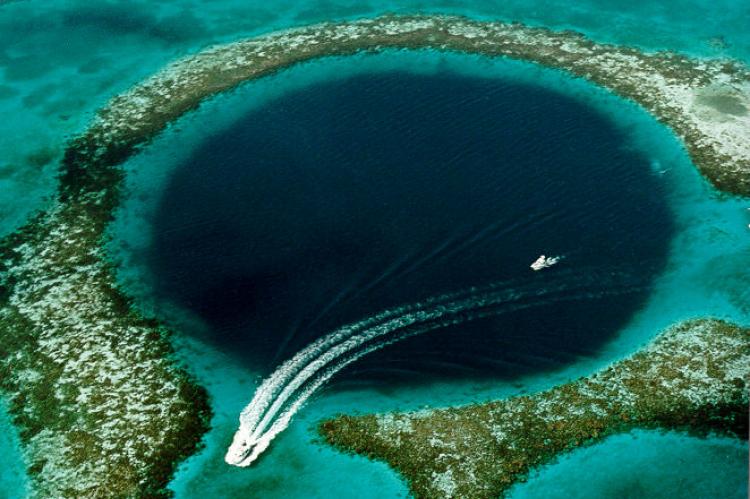Belize's Blue Hole no longer considered endangered
World heritage body Unesco has removed the Belize Barrier Reef from its list of endangered World Heritage Sites after nine years.
UNESCO’s World Heritage committee has decided to remove Belize Barrier Reef from the list after the Government of Belize enacted legislation to cease offshore oil exploration, praising the Central American country's "visionary plan to manage the coastline", saying that "the level of conservation we hoped for has been achieved".
” The significant progress made by Belize is commendable, particularly the enactment of a moratorium on oil exploration and other petroleum operations within the entire maritime zone of Belize."
UNESCO’s World Heritage committee
The Belize Barrier Reef Reserve System (BBRRS) is the second largest in the world after Australia's Great Barrier Reef. UNESCO added the reef to its list of world heritage sites in 1996 but said it was in danger in 2009 following plans by the Belize government to allow oil exploration in nearby waters. Belize was urged to put safeguards in place to protect what Charles Darwin described as "the most remarkable reef in the West Indies". In 2017, the legislature imposed a moratorium on oil exploration in Belizean waters, which makes it one of only a handful of countries in the world with such legislation.
The World Heritage site is comprised of seven protected areas; Bacalar Chico National Park and Marine Reserve, Blue Hole Natural Monument, Half Moon Caye Natural Monument, South Water Caye Marine Reserve, Glover’s Reef Marine Reserve, Laughing Bird Caye National Park and Sapodilla Cayes Marine Reserve.


